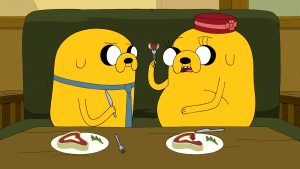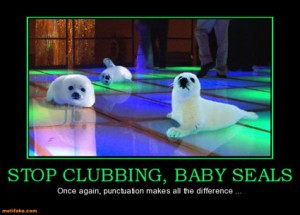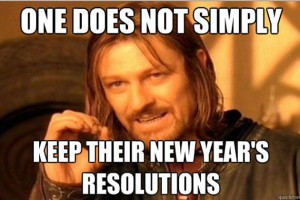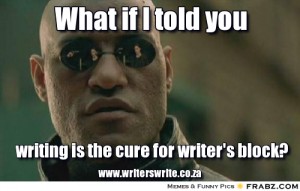When first starting writing for the WRC blog I was extremely eager to tackle all things writing. I grew increasingly anxious at the opportunity to help writers with common pitfalls, and hoped to channel my own experiences into something practical and productive that the Writing Center could be proud of sharing. However, this task proved more daunting than I anticipated, and I found myself running out of ideas. I was never at a loss for words when tackling concepts I knew, but there can be no words if there’s not an idea to accompany them. Then, some colleagues shared a problem they experienced that seemed to be quite different than mine: they needed more words.
Being more loquacious myself, I’ve been surprised to realize that both clients and tutors can struggle to come up with enough text to fulfill an assignment. But, that challenge is two-fold–not only do writers need enough words to meet the minimum requirement, they also have to ensure those words don’t equate to “fluff.” What’s great about the WRC is that tutors can help clients draft a more substantial text that doesn’t feel too long or too short, but rather, just right.
For a lack of a better term, “beefing it up” is known as the practice of inserting additional words into works once writers have seemingly run out of things to say. Tutors see it all the time: writers come in and have ostensibly exhausted every way they can support their case en route to completing the required length of their paper. Inversely, “trimming the fat” is a technique that is necessary when a writer has already said too much and is in desperate need of condensing their work. These two practices operate as a unique duality within the writing world, in that they highlight the different approaches tutors must be aware of when assisting writers.

Tutors at the WRC encounter both of these instances quite frequently, and we love to see all sides of writing. We look for places in your writing that may seem redundant, dance around the point you’re trying to make, or feel long-winded in nature. These are normally places you can cut down your words and really sculpt a clear, concise message. However, if you’re like many of the unsure writers that consult the WRC, beefing up a work can feel like a daunting task.
If this is the case, our tutors can help clients identify places where you can strengthen a central point made, further elaborate an argument, or better define something to provide a concretely image. Some writers may not be able to do this on their own accord, so having an extra pair of experienced eyes always helps. These additions do not have to be monumental, as including paragraphs of nothing but fluff will only undermine your previous points; however, when a writer is presented with an opportunity to expand their thoughts, we believe the more detail the better.
Whether it’s including details that help a text reach the fullness it was lacking or cutting the excess elements that keep a text from being effective, there is always work to be done after the initial stage of writing. The process of drafting, proofreading, and applying strong writing techniques can be a laborious one, but a rewarding one nonetheless. When writers strive for their work to achieve textual balance, they will find more often than not the words they were searching for were always there.
With an honest attempt at digging a little deeper into what your goal for the paper is, many instances for revision will reveal themselves. After inspection, you will be able to craft the exact message you were looking to express. Coming into the Writing Resources Center and working with tutors who are concerned with your work being well-rounded and in-depth is a great tool students have at their disposal, and we do so while showing you how to keeping your work clean and concise.



